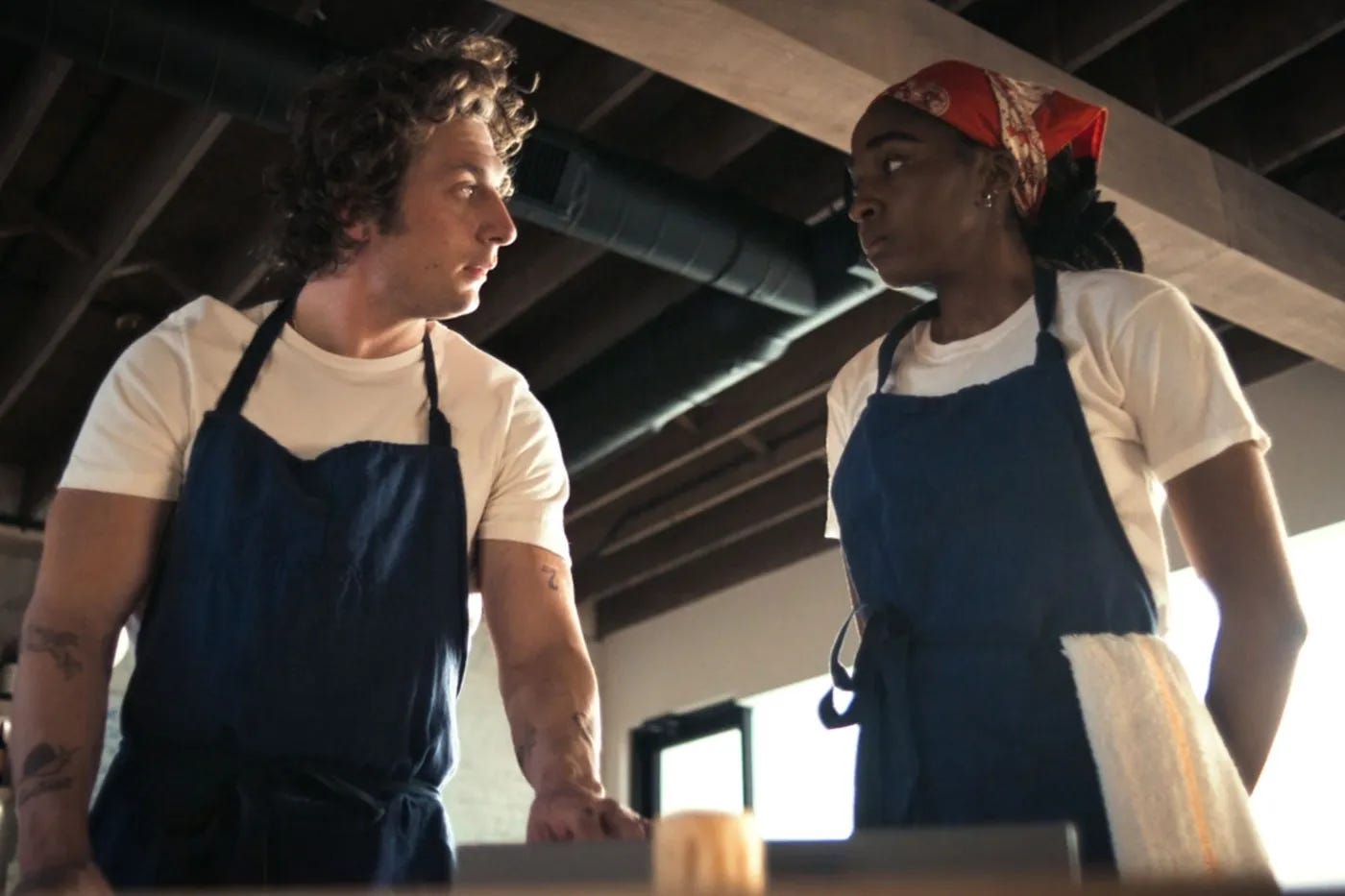The Truth About Slow-Grow Hits and TV's Second Seasons
In the impatient world of streaming, data makes the case for a few outliers
A version of this article originally appeared in my own Substack, but has been edited and expanded for The Ankler. If you’d like to know the top hits and misses in streaming each week, subscribe here.
Hollywood loves to celebrate any movie or TV show that builds an audience over time. Like The Shawshank Redemption. It wasn’t a hit in theaters, despite its Oscar nod, but it became one of the most beloved films of all time after countless replays on cable television.
Or Breaking Bad. Its first season averaged 1.5 million viewers live on linear TV; the finale had more than 10 million tune-in for the final season.
These shows and films give hope to any exec or producer whose film or TV show fail to open well. Lately, The Greatest Showman has been the go-to example. For those who don’t remember, after opening to $13 million in its first weekend, it went on to score $174 million in domestic box office.
Now it looks like we finally have a streaming example. While critically lauded, Hulu’s The Bear (branded as an FX title and sometimes as a Hulu original) didn’t dominate the ratings last summer when its season one debuted last summer.
This year in season two? It’s breaking out.
So that’s my theme today: the lessons we can learn when shows have a big jump in popularity from their first to second seasons and why.
Today I will…
Show The Bear’s big leap and how rare a feat that is.
Warn about one of the biggest mistakes executives make with second seasons.
My prediction on the next possible five future breakout hits.
And speculate about what this might mean for the future of cancellations…



